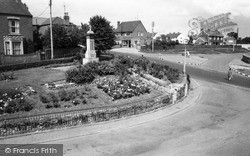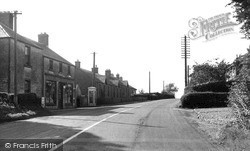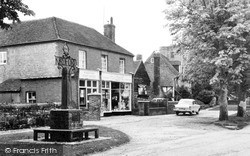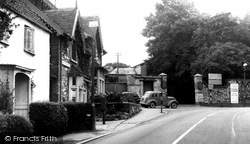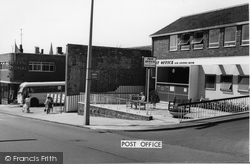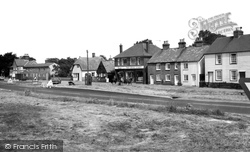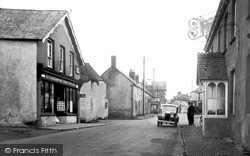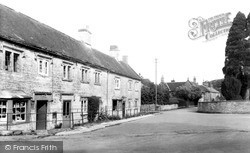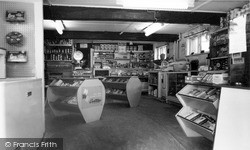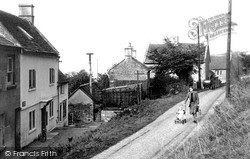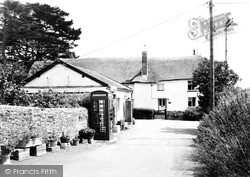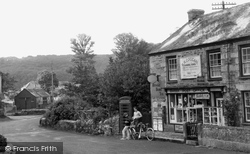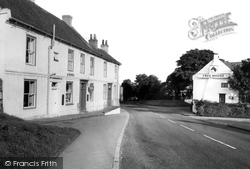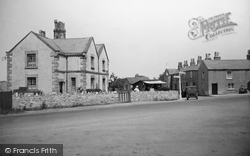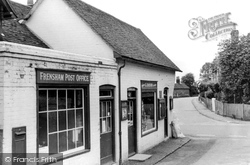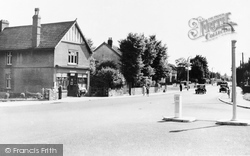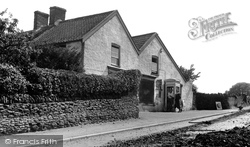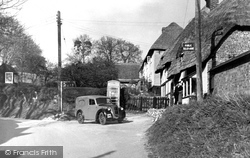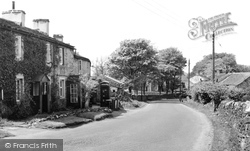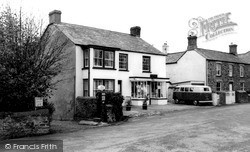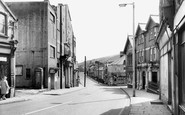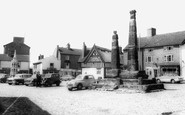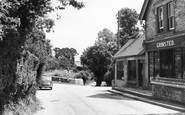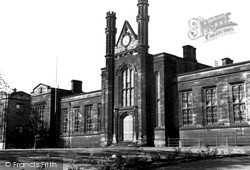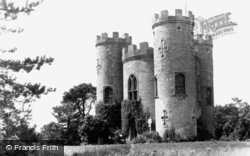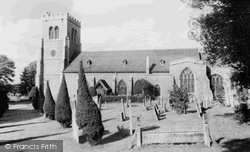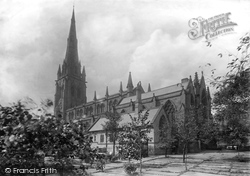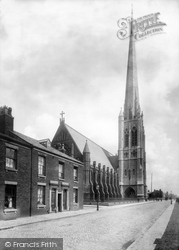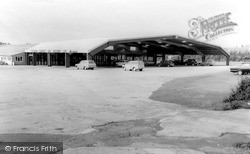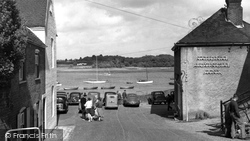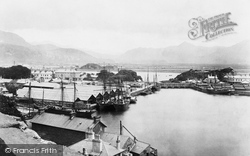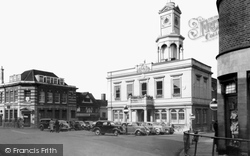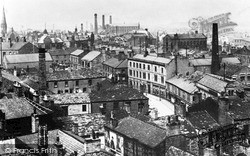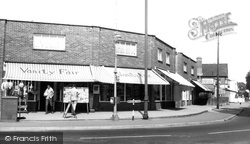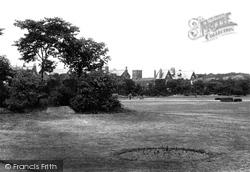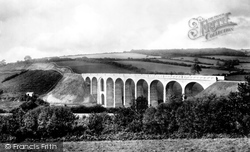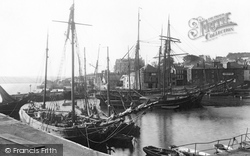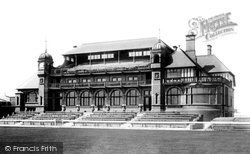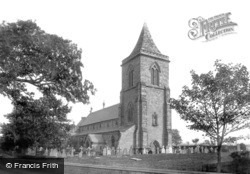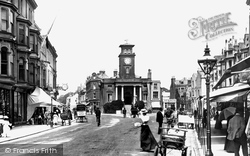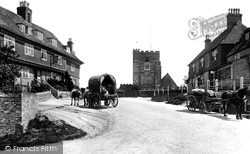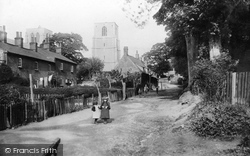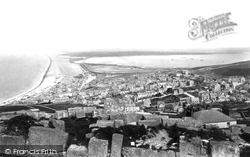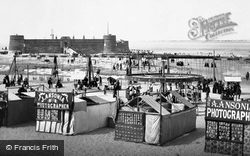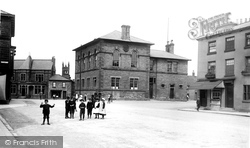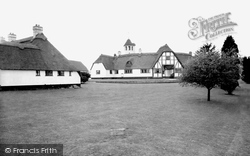Places
9 places found.
Those places high-lighted have photos. All locations may have maps, books and memories.
Photos
2,359 photos found. Showing results 1,341 to 1,360.
Maps
776 maps found.
Books
Sorry, no books were found that related to your search.
Memories
2,736 memories found. Showing results 671 to 680.
My Stay At Collaton Cross
I lived in Collaton Cross for a short while when my Husband was in the R.A.F. My surname then was TURTLE. My son Nicholas was born in the house in Collaton Cross. He was ill at birth and taken to Freedom Fields Hospital in ...Read more
A memory of Collaton in 1961 by
Happy Memories
The High Street is where I was born in 1955. In the street was the Working Mans Club, the Cinema and 'Jeffrey's' (the sweet shop where my brother and I used to go and spend out pocket money on a Saturday). Once a year all the ...Read more
A memory of Llanbradach in 1961 by
Florries Chip Shop, The Square, Sandbach
Florries Chip Shop - what memories - greasy, white chips, but they were the best! Florrie was always dressed in black - like a Victorian (which she probably was). The shop was situated on the corner of the ...Read more
A memory of Sandbach in 1963 by
Local Bakery
Hello. My name is Sheila and I often search the webb for things in reference to Torquay, Devon. My mother lived there for a short while in 1946 where she met my father, his name was John and he was in the navy. He was helping out at a ...Read more
A memory of Torquay in 1946 by
Hilton Village
My father, Dennis Jepson, lived in Hilton, at the time the Manor was still in operation. He remembered having to doff your hat to the Lord of the Manor, if he were seen in the streets of Hilton. My father was about 8 at ...Read more
A memory of Hilton by
My Father Worked At This Shop
My father Ron Burchell worked at the shop seen in this photograph. The Burchell family had lived in the village for generations. The owner of the shop was Edward Grinstead and his wife Millie who was my godmother. ...Read more
A memory of Bury in 1940 by
The Memories
I was brought up in Ecclefechan and my mother has lived there all her life. I started Hoddom Primary School in 1970. I can't remember who my P1 teacher was - it may have been Mrs Dodds. I do remember having Mrs McEwan in P2, Mrs ...Read more
A memory of Ecclefechan by
Mimi And Grandad's Sweet Shop
My grandparents owned the sweet shop at the end of this parade. They were Harry and Gladys Godwin. My mother grew up there, as did my Uncle Paul. My brother and I have hundreds of fantastic memories from the 1970s. I ...Read more
A memory of Rainham in 1971 by
Lost Love
I met my late wife Angela in Walkford in 1960 when we were both very young. I was on holiday on my motorbike with three of my pals, and she was on a bicycle. It was a hot August bank holiday. She lived in Heath Road and was very girlish for ...Read more
A memory of Walkford in 1960 by
The Perfect Holiday
In the late 1950s we had a couple of holidays in Bracklesham bay, which was then a tiny, but growing village. I had never seen shops which were the equivalent of wooden shacks mounted on bricks. There were some modern bits; ...Read more
A memory of Bracklesham Bay in 1959 by
Captions
1,642 captions found. Showing results 1,609 to 1,632.
This was originally the West Riding Proprietary School, built at a cost of £15,000 and opened by its President, Earl Fitzwilliam on 6 August 1834.
The government intended to use the provisions of the Act to make the American colonies pay for their own defence and to contribute towards the costs of the Seven Years War.
It dates from the 13th century and contains the Salisbury Chapel, built in 1618 to hold the tomb of Robert Cecil, first earl of Salisbury, at a cost of £460.
There has been a church on this site since the 7th century; the first church was dedicated to St Wilfrid.
There has been a church on this site since the 7th century; the first church was dedicated to St Wilfrid.
His bricks were his reply to Government proposals to tax bricks after the costly War of American Independence in 1782.
In the 1970s a 5-bedroom property near Hamble River cost £40,000.
If the date of the picture is correct, 1908 is quite late for a paddle-tug to be serving at other than a major coal port such as Cardiff, Sunderland or Seaham.
When the Spencer Davies Group performed here, tickets cost 7s 6d. Other performers were the Troggs from Andover and David Bowie. The Town Hall is now the Willis Museum.
Broth with dumplings cost one penny a bowl. We are looking across Cook Lane towards Townfield Gate. All of this was cleared for the new shopping centre and bus station.
In 1933 nine Hayling coastguard cottages plus a building plot were sold for £3,280, and in 1965 a 4-bedroom house with garden and garage in Hayling cost £10,500.
By 19 June 1848 they had built a Market House (which cost £1400) and by 1850 a gasworks. By 1880 water was being piped from Grizedale reservoir, and a new railway station was ready in the same year.
Despite the scale of the engineering, the cost of building the line, including land acquisition, was a reasonable £67,000.
Most of the coastal trading vessels working out of Padstow were schooners or ketches, and many earned their keep beach trading.
The stand we see here was built in 1884 of red brick at a cost of £9,033 (£2,000 more than the estimate).
He finally bought a three-acre plot from the Sergison family just north of Muster Green; one of the many restrictive clauses was that any future house built on any part of the site must cost in excess
Fundraising started in earnest, and by 7 August 1850 the Church of St Anne was completed at a cost of £4,000.
A Town Hall with a clock was built at a cost of £1,215 8s 10d on land at the northern end of South Street and opened without ceremony in 1835.
The large squat tower of St Mary's was built between 1638-40 at a cost of £750.
It has a Norman south doorway and a celebrated panelled font of 1468 which cost £12 13s 9d.
It took 23 years to build, using mainly convict labour from the Verne Prison on the island, cost £1m, and was formally opened in 1872. It remains one of the largest naval harbours in the world.
Designed by Capt John Kitson, Royal Engineers, Fort Perch Rock was built between 1826 and 1829 at a cost of £27,000 to defend the seaward approach to Liverpool and the Mersey.
Its foundation stone was laid on 11th June 1845 and the cost of the building was £1,300. Little here has changed today, except that the Town Hall chimneys have been shortened.
the product had dropped and parts of the farm had fallen into disrepair; in 1975, the 185ft Ovaltine chimney, which had been built using a quarter of million bricks for £7000, was demolished at a cost
Places (9)
Photos (2359)
Memories (2736)
Books (0)
Maps (776)




